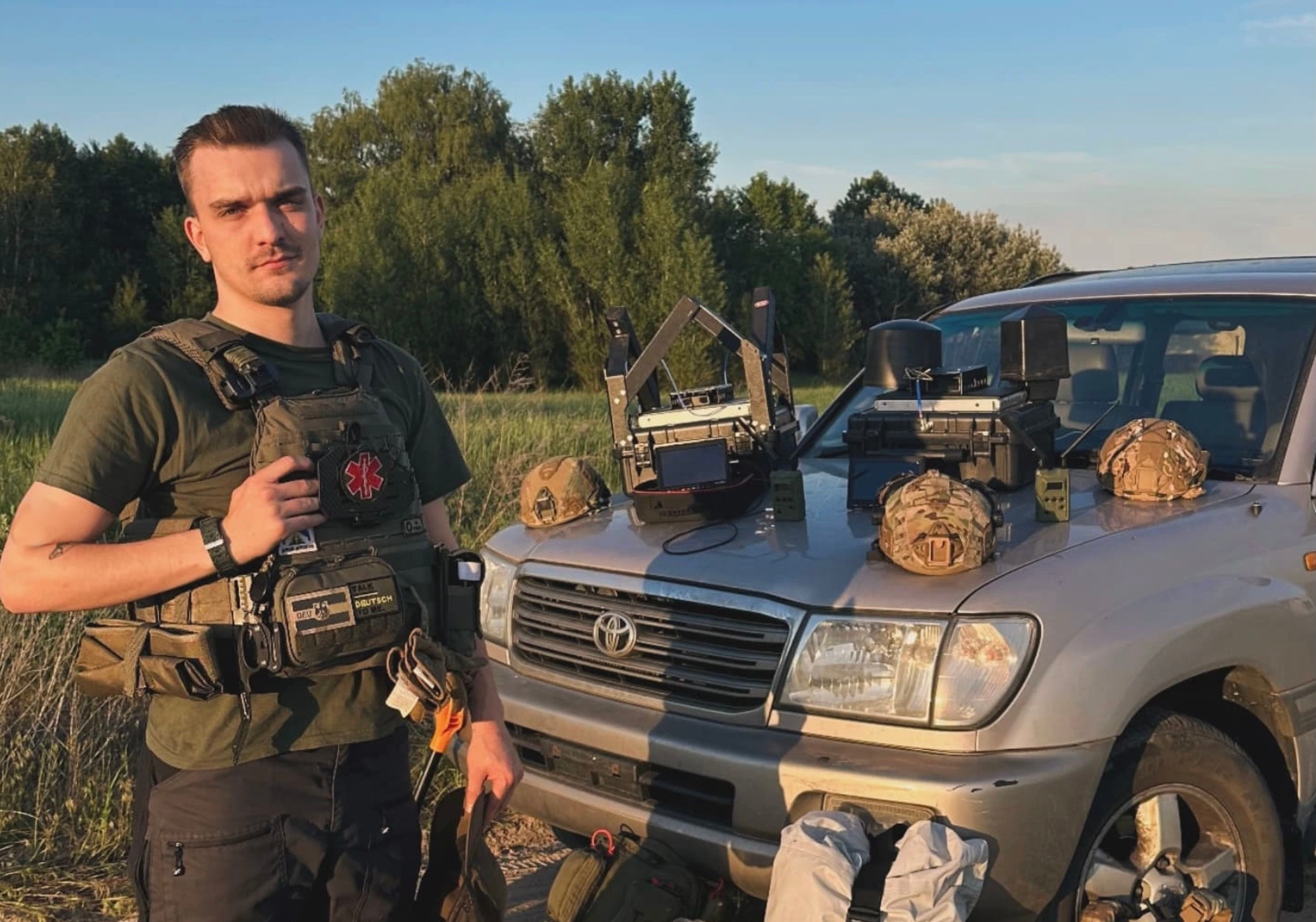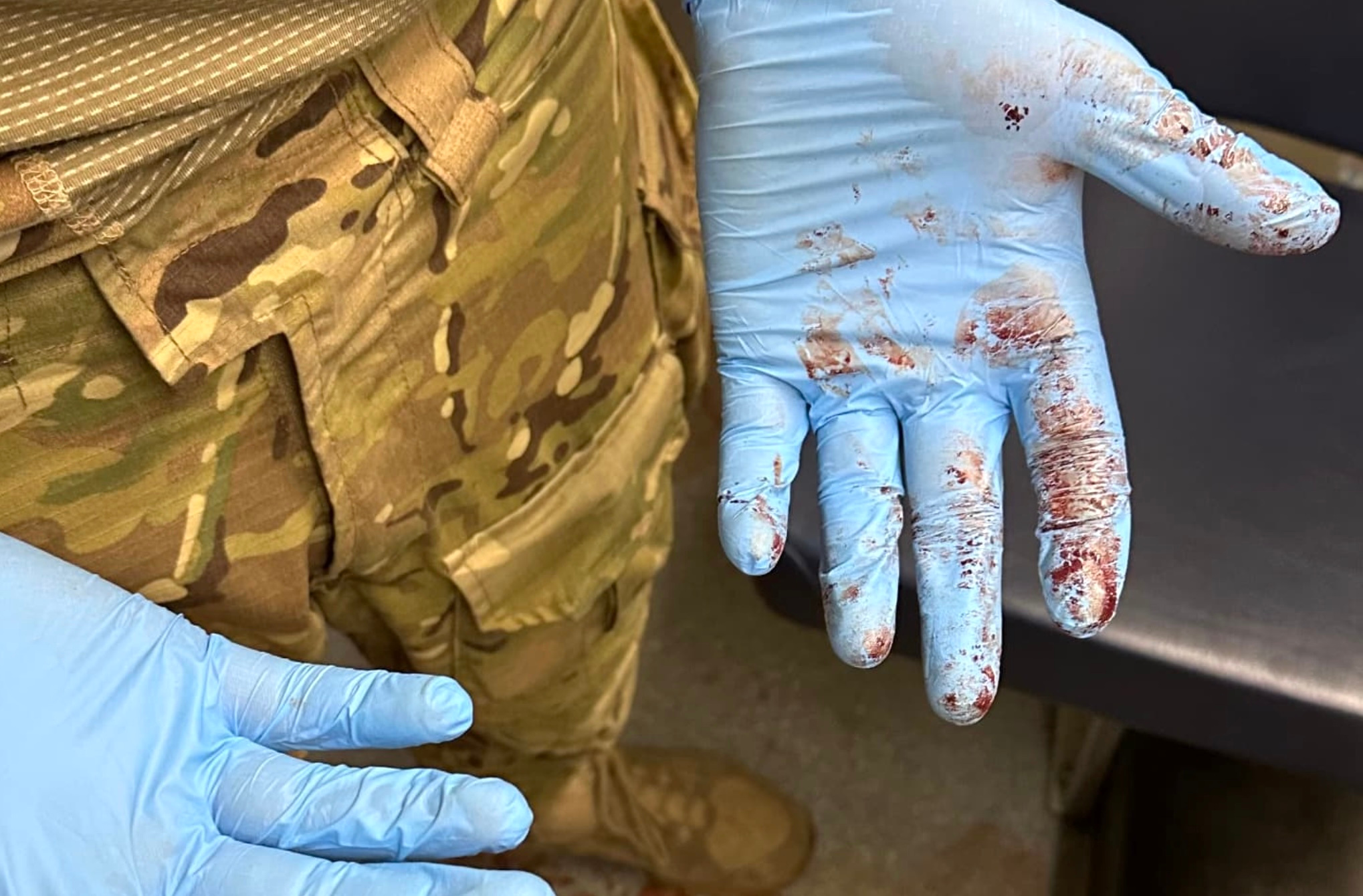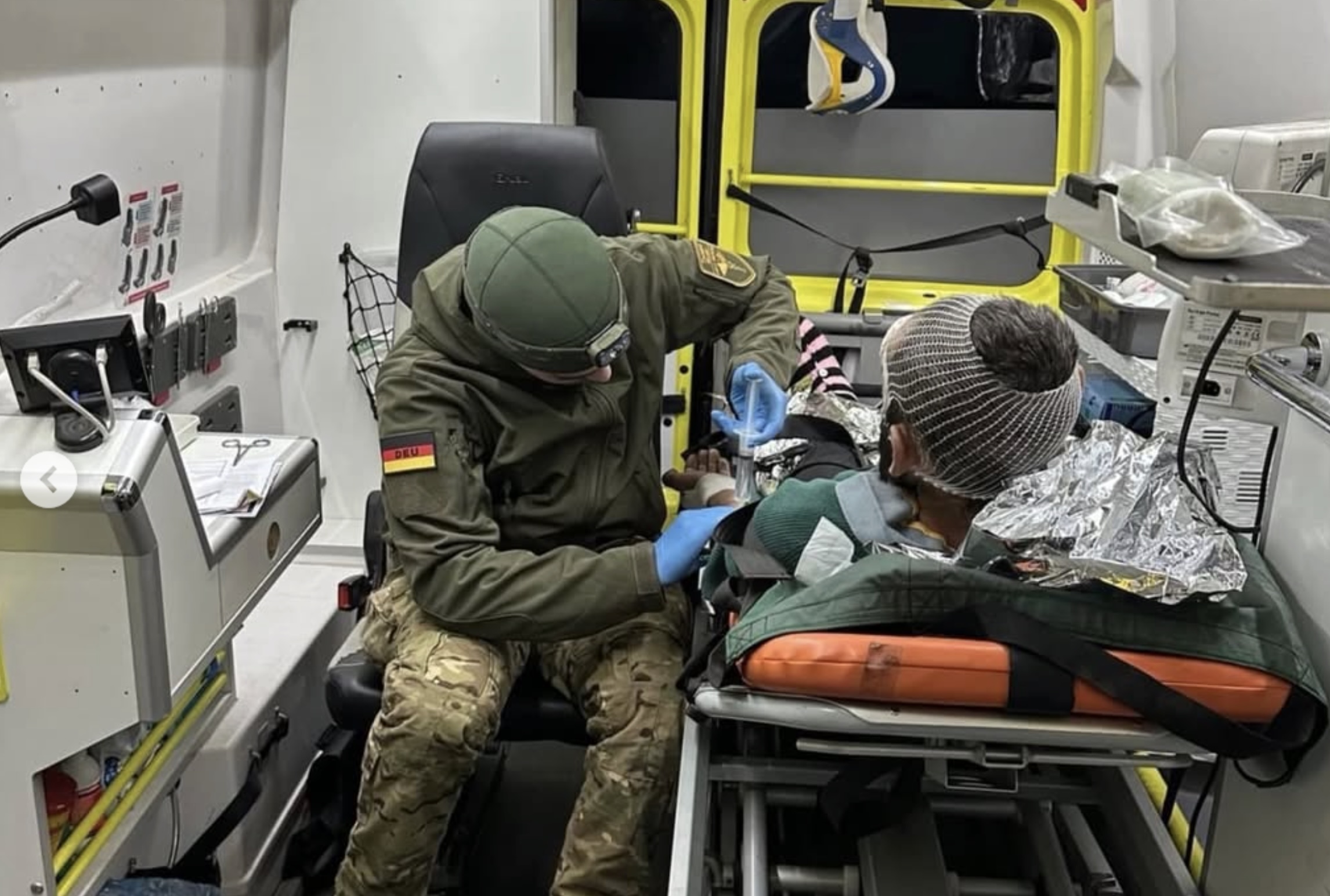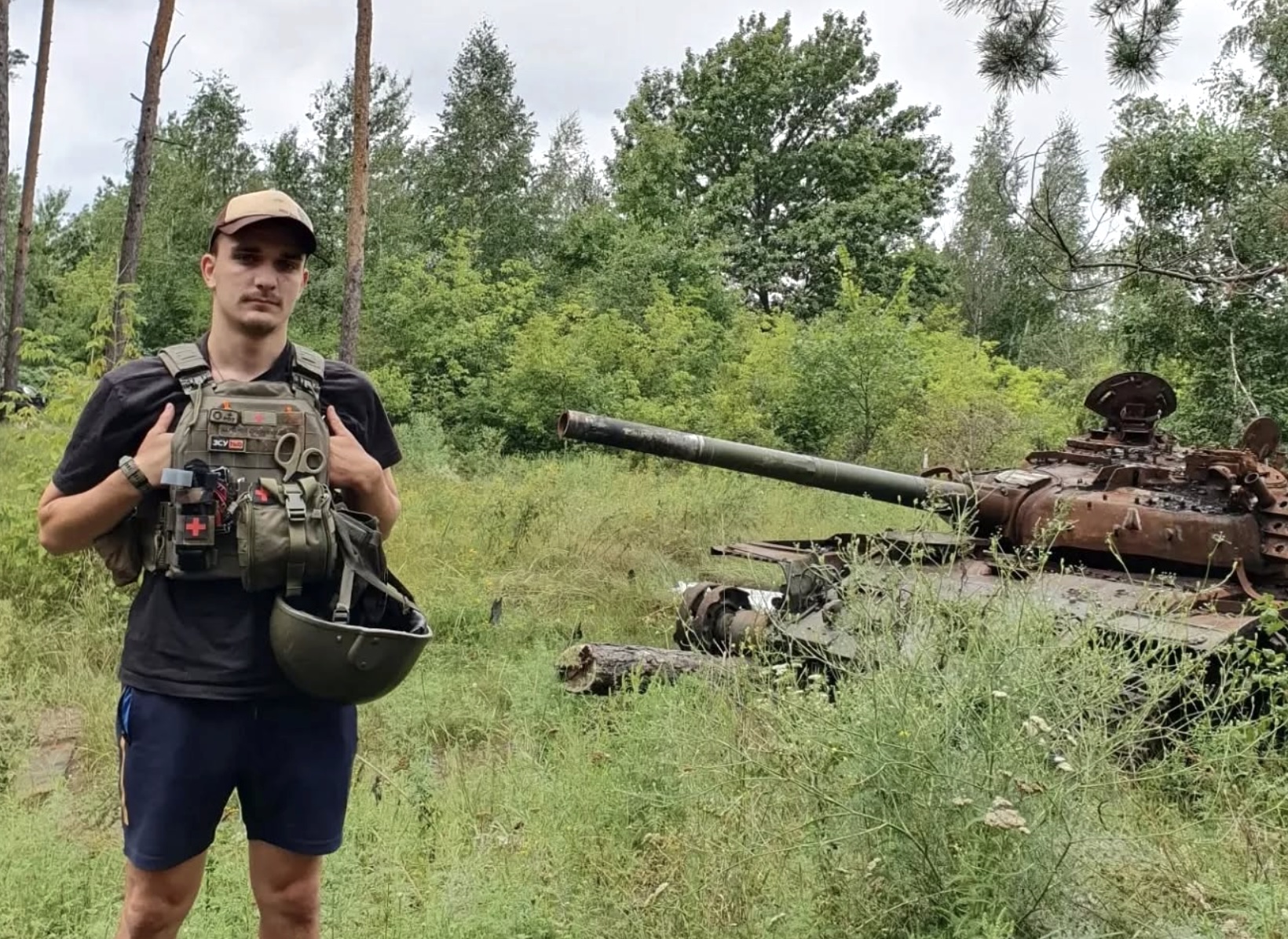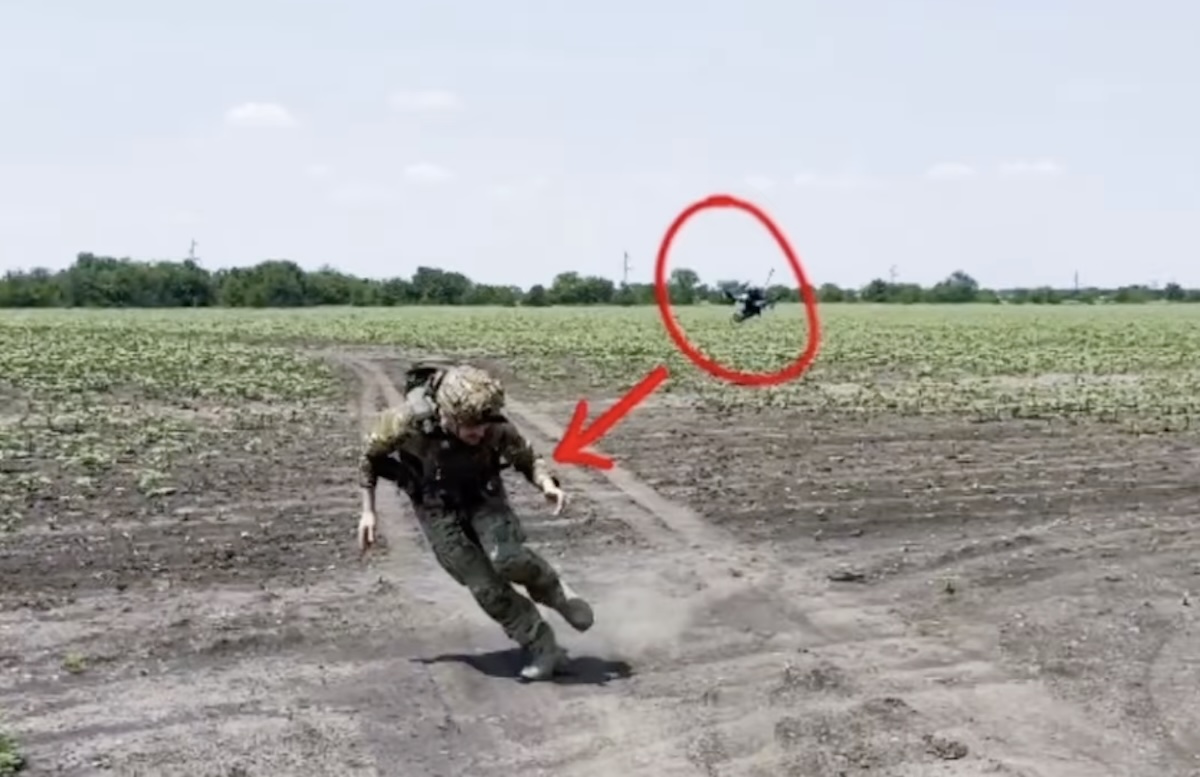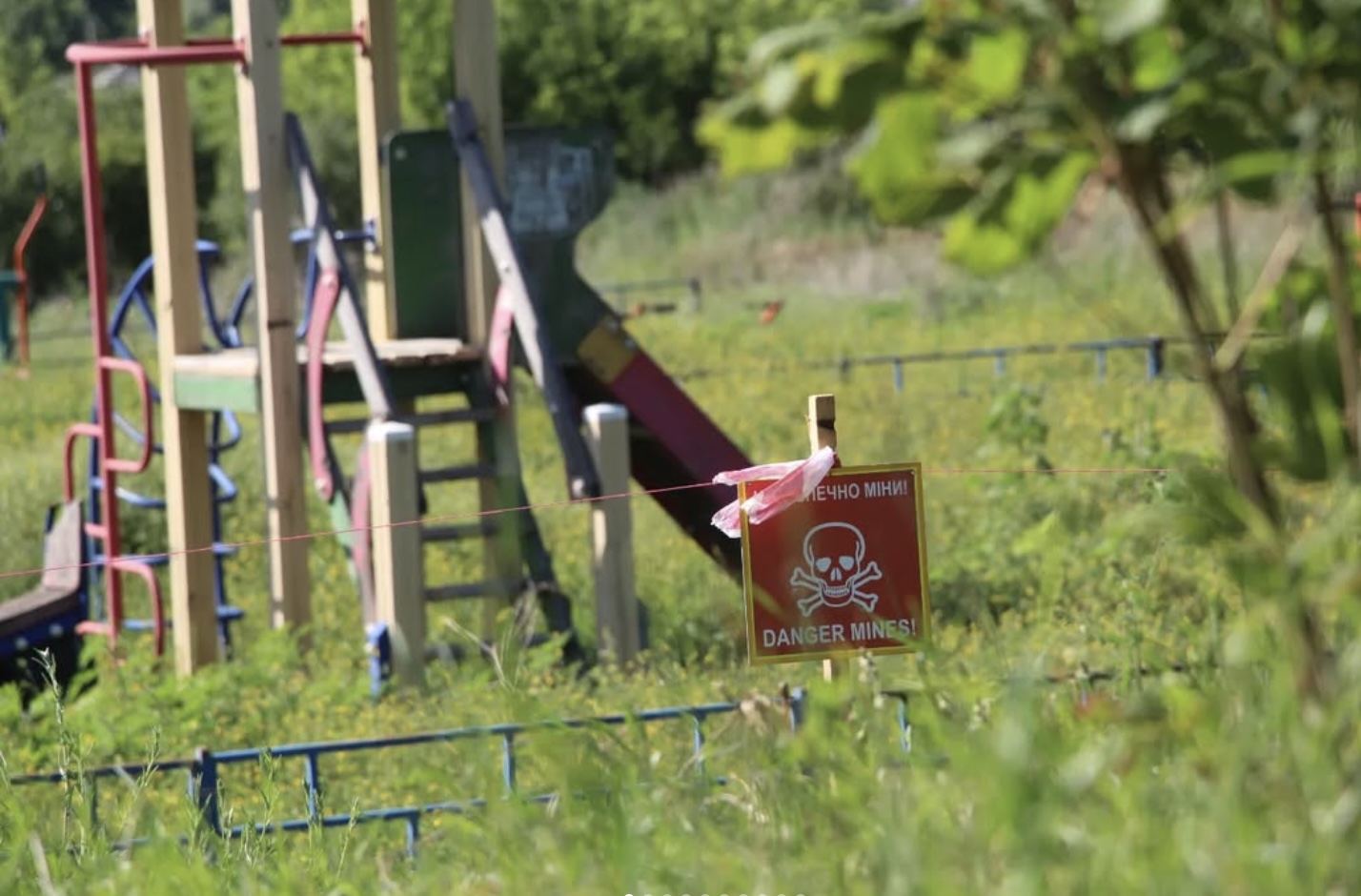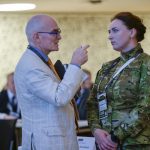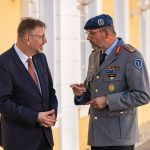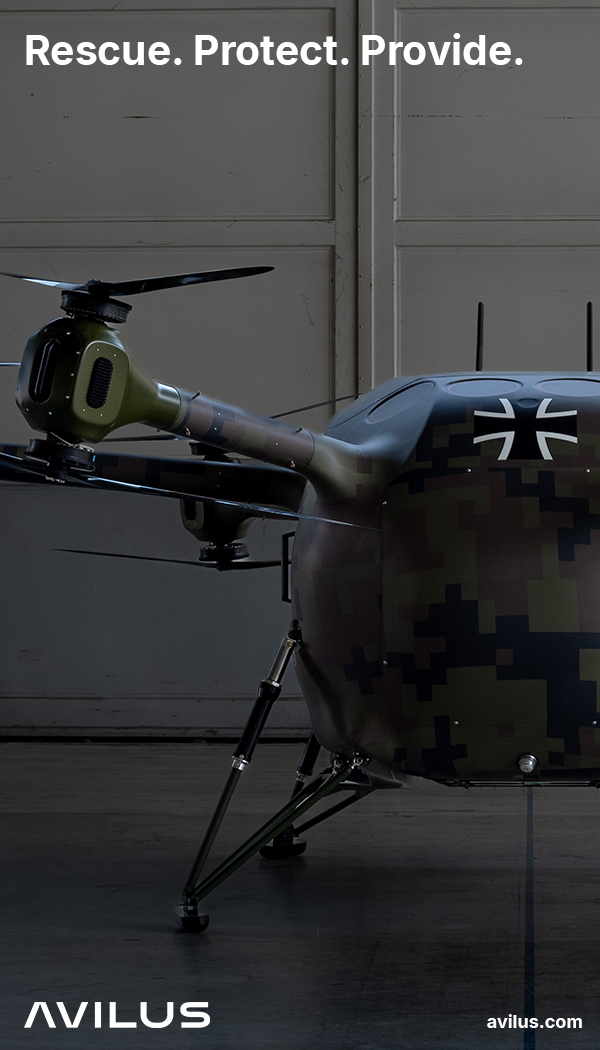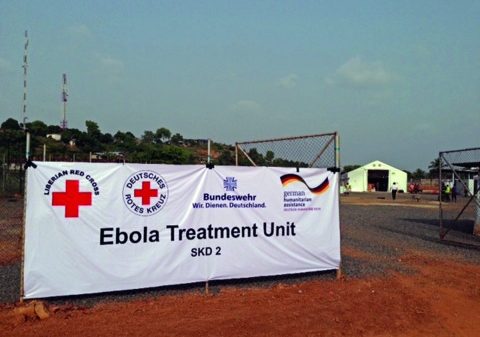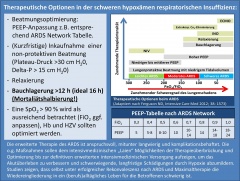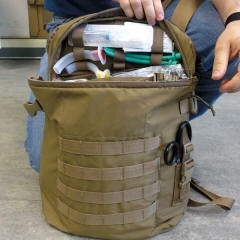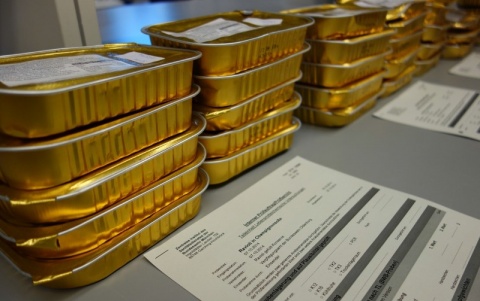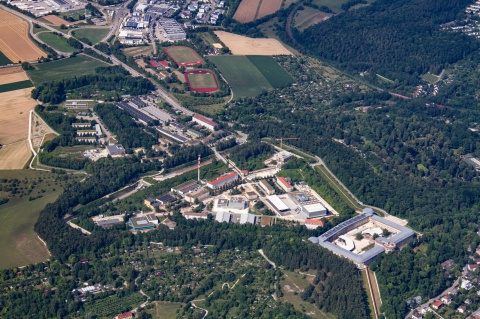Starting tomorrow, Koblenz will host the 13th International Conference on Disaster and Military Medicine (DiMiMED) – a specialist conference with participants from 26 countries, where a 22-year-old paramedic from Germany would have a lot to say. But Ruben Mawick has been back in Ukraine since last week – he is repeatedly drawn to places where his help is so urgently needed. Between transporting wounded soldiers near the front line and giving lectures in Germany, he also talks on Instagram about a war that is still far from reaching everyone.
There is this photo; this image that I cannot get out of my head. Two hands open to help – blood smeared on blue disposable gloves. Hands that do not carry weapons. Hands that lend a hand where there are not enough hands. These hands belong to Ruben Mawick.
‘The Ukrainians are also fighting for us. It feels wrong to me not to be part of it, not to do my bit for Europe,’ Ruben replies when asked why the 22-year-old German keeps travelling to Ukraine. Ruben grew up in North Rhine-Westphalia, is a member of the volunteer fire brigade and a trained paramedic. He served seven months in the German Armed Forces medical service to get a feel for the military before deciding he wanted to help in the war himself.
His first trip to the country under attack from Russia was in the summer of 2023, to the region of the destroyed Kakhovka dam. Since then, Ruben has been returning regularly – sometimes for ten days, sometimes for six or eight weeks. The country and its people have captured his heart. ‘You just do what you can to help the people there,’ says Ruben, describing his very diverse tasks in Ukraine.
Evacuation from the front line
In the beginning, Ruben was involved in evacuations from the front line with the third assault brigade in the Bakhmut area. ‘Due to the change in the war, that’s no longer possible,’ he explains, ‘the evacuation system in Ukraine has completely changed.’ Back then, the motto was: ‘The main thing was to get them out of there quickly. As part of CASEVAC, we took patients directly from combat vehicles, perhaps three kilometres from the front line. There we made a perfect rendezvous: driving bumper to bumper, less than 30 seconds.’
Today, Ruben transports patients from Role 2 to hospitals further away. These patients have already had their first emergency operations and no longer have tourniquets. They are also ventilated and have a chest drain in place, explains the German paramedic.
Then it’s a matter of monitoring everything: checking blood pressure, pain management for a longer journey of two to three hours,‘ says Ruben, describing his assignments. ’I usually have several patients, up to five people. That means one on a stretcher and four seated.“ Then there’s the question of which patient needs to go to which hospital. Where is the right specialist for the injury? All this in mostly unprotected vehicles – up to 20 kilometres from the front line.
The war has changed many things – including the evacuation of the wounded
Armoured vehicles are hardly available anymore. But even if they were, they would not be used to evacuate wounded soldiers from the front line – no one wants to risk the lives of soldiers.
‘That’s why we now wait for the normal rotations,’ explains Ruben. ‘The soldiers are replaced after 48 or 72 hours. This has made the medical tasks that the soldiers have to perform in the trenches much, much more intensive.’
There are reports that blood reserves are delivered to the trenches by drones and that, in emergencies, the wounded are taken out of the danger zone by unmanned ground vehicles. Since drones have become an omnipresent threat in Ukraine, it is no longer possible to carry out traditional evacuation of the wounded from the front line.
Three basics for the German Armed Forces
Ruben is convinced that the German Armed Forces must therefore learn much more from Ukraine. He names three basics: 1. Trench warfare is back. 2. Drones are an integral part of the battlefield. 3. A soldier’s best friend today is no longer the assault rifle, but the shotgun. As the example of Ukraine shows, small FPV drones can still be repelled at the last second and at short range.
These basics are not just theory. ‘I hardly ever see patients with gunshot wounds anymore,’ Ruben reports. ‘Ninety percent of injuries are shrapnel wounds, most of them caused by drones.’ Soldiers are also no longer being injured on the front line, but on their way to or from the front. The reason for this is the ever-present danger posed by FPV and bomber drones.
The agonising pause in the war
During his visits home, Ruben noticed that people in Germany are largely unaware of this change in warfare and the challenges it poses for soldiers. He therefore gives lectures and reports on his experiences in Ukraine. ‘I try to teach soldiers what war feels like and how this war works; what Russia is doing there,’ says Ruben.
He can show Bundeswehr soldiers images that are unsuitable for social media. Too drastic for Instagram guidelines, but everyday life for Ukrainians. The audience there has little idea of what war means. ‘There is simply no one who – and I’m putting this in big quotation marks – explains this war in an influencer-like way,’ says Ruben.
Ruben saw this as his mission. Whenever he can between missions, he explains the war on the internet. He shows a modern trench, shows jammers that he carries on his vehicles and describes encounters with Ukrainians. In one video, he impressively demonstrates why attacks with FPV drones are so dangerous for soldiers on the front line.
He also describes his personal impressions and feelings on social media. What it’s like to return to Germany because you have to, not because you want to. The feeling of not having helped enough, of knowing you still have unfinished business. He shares all of this with his now 33,000 followers.
The attention Ruben generates through lectures and social media also has its good side: it attracts donations and thus saves more lives. He has already collected over 80,000 euros, which has been used to finance ambulances and medical equipment for Ukraine. ‘These vehicles save more lives than I could on my own,’ Ruben says happily.
Suffering in war: physical and mental health
Those who go to war not to fight and kill, but to help and rescue, probably have a very different view of the dark side, the misery. Ruben sees it every day. ‘You’re just in a constant, extreme situation. You’re under constant stress,’ explains Ruben. He himself was seriously injured when a Russian missile struck his vehicle – two friends died. He still has shrapnel under his skin.
That does something to you. It doesn’t leave Ruben and all the other soldiers and helpers in the war unscathed. Ruben listens to them and shares their pain. In an Instagram video, he reads out their messages. ‘Last night I tried to hang myself,’ reads one. ‘I can still hear the screams of the people I injured and killed with my machine gun for hours,’ reads another.
Ruben talks about messages that were farewell letters. He understands what no one in Ruben’s fellow volunteers‘ home countries understands; no one can understand. When he talks about the war on social media, he doesn’t paint a rosy picture. But with videos and reports of Russian war crimes, he also shows why Ruben and the other volunteers are risking their lives in Ukraine: because the alternative – a Russian victory – would mean even greater horror.
Ruben’s hands
The image of blood-stained hands comes back to mind. Ruben will never be able to forget the experiences he is having in Ukraine, even at this moment. He will never be able to shake them off, like the blue disposable gloves he uses to care for his patients. He knows that.
Ruben Mawick is a man who doesn’t just stand by and watch. He is not a soldier or a politician, but someone who has taken responsibility because an inner voice called him to do so – first as a paramedic and camouflage soldier in Germany, then as a volunteer on one of the most dangerous fronts in the world. His stories on social media networks make the war tangible without glorifying it.

